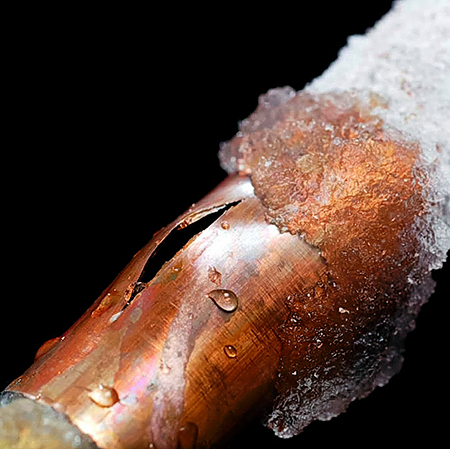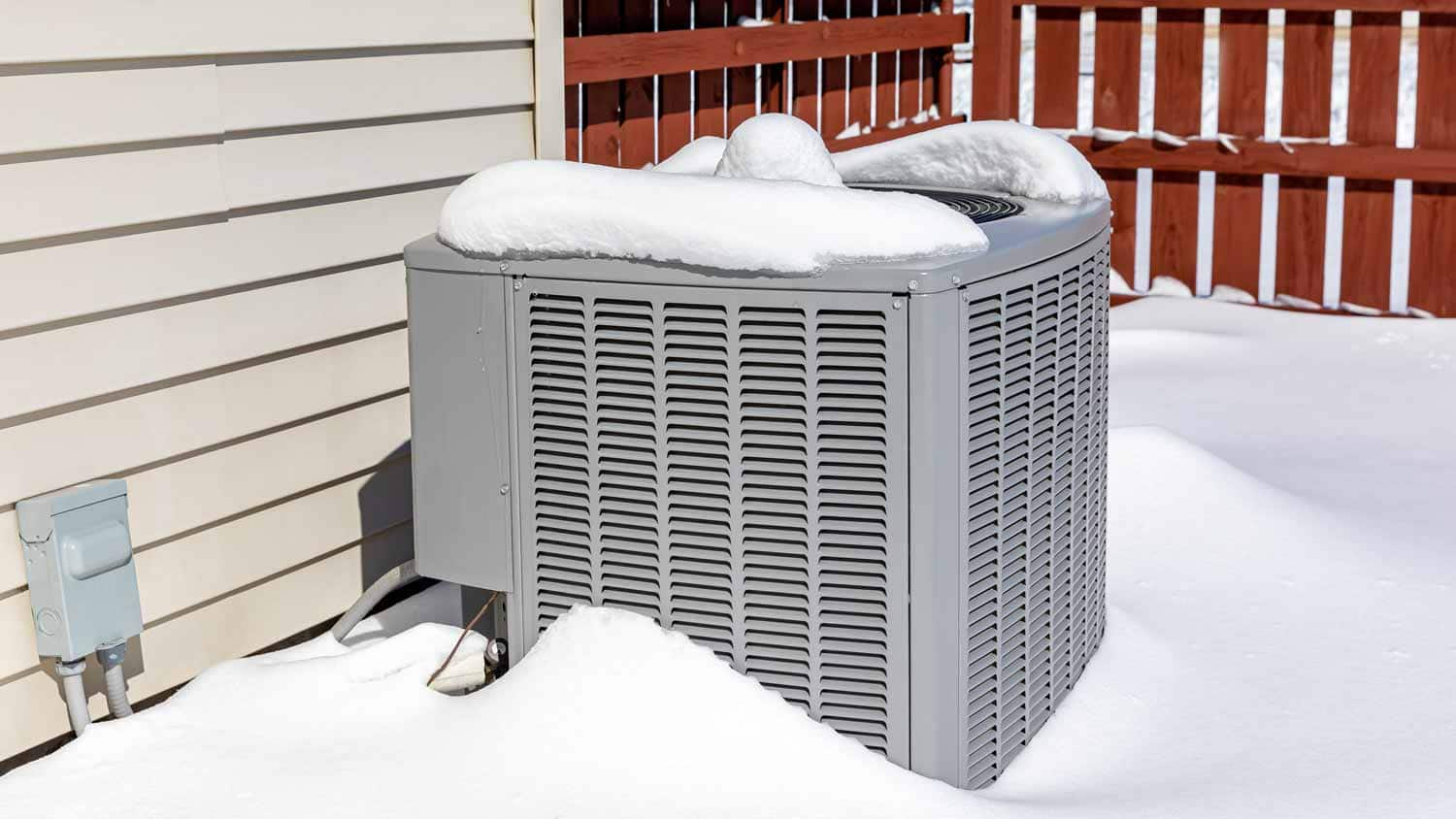Steps to Take When Your AC Pipe Freezes: Complete Guide
Steps to Take When Your AC Pipe Freezes: Complete Guide
Blog Article
This great article following next relating to What Do I Do If My AC Pipe Is Frozen is immensely engaging. Don't miss it.

Intro
Uncovering that your air conditioner pipeline is frozen can be worrying, especially throughout hot summer months when you rely upon your air conditioning unit the most. Understanding what to do in such a scenario is critical to avoid more damages to your cooling system and ensure your comfort inside your home.
Recognizing the Causes
Numerous factors can contribute to the freezing of an air conditioning pipe. Comprehending these causes can help you deal with the problem successfully.
Absence of Airflow
One typical reason for a frozen AC pipe is inadequate air movement. When the air movement over the evaporator coil is restricted, it can cause the coil to go down below freezing temperature level, resulting in ice formation on the pipeline.
Low Refrigerant Levels
Insufficient cooling agent levels in your air conditioner system can likewise result in an icy pipe. Reduced refrigerant degrees can trigger the pressure in the system to drop, causing the cold of dampness on the evaporator coil.
Cold Weather Conditions
In colder climates, freezing temperatures outside can contribute to the freezing of a/c pipelines. If your a/c device is not effectively insulated or if there are leaks in the ductwork, cold air can infiltrate the system, causing the pipeline to ice up.
Dirty Air Filters
Unclean or stopped up air filters can limit air flow in your air conditioning system, leading to various problems, consisting of an icy pipeline. It's important to replace or cleanse your air filters consistently to make certain appropriate air movement and stop ice build-up.
Indications of a Frozen Air Conditioning Pipe
Recognizing the signs of an icy air conditioner pipe is vital for timely activity.
Reduced Airflow
If you notice a substantial reduction in airflow from your vents, it can suggest a frozen pipeline.
Ice Buildup on the Pipe
Visible ice accumulation on the refrigerant line or the evaporator coil is a clear sign of a frozen a/c pipe.
Odd Sounds from the Unit
Uncommon noises, such as hissing or gurgling, coming from your air conditioning device can signal that there's ice existing on the pipeline.
Immediate Actions to Take
When confronted with a frozen air conditioning pipeline, it's essential to act rapidly to avoid additional damages to your air conditioning system.
Turning off the AC
The initial step is to shut off your air conditioning unit to prevent the system from running and intensifying the problem.
Looking for Blockages
Check the location around the interior device for any type of obstructions that might be obstructing air flow, such as furniture or drapes.
Thawing the Pipe
You can use mild techniques like placing towels soaked in cozy water around the icy pipe to assist thaw it gradually.
Preventive Measures
Taking preventive measures can aid avoid future events of a frozen a/c pipeline.
When DIY Methods Fail
If your efforts to thaw the pipe or address various other concerns are not successful, it's time to call in a professional.
Importance of Hiring a Professional HVAC Technician
A certified HVAC professional has the knowledge and tools essential to identify and repair issues with your air conditioner system safely and efficiently.
Normal Maintenance Checks
Arrange regular upkeep contact a professional HVAC professional to guarantee that your AC system is running effectively.
Changing Air Filters
On a regular basis replace or clean your air filters to stop airflow restrictions and keep optimum efficiency.
Protecting Exposed Pipes
If your a/c pipes are exposed to cool temperature levels, think about insulating them to stop cold during winter months.
Looking For Professional Help
If DIY techniques fall short to solve the problem or if you're unsure regarding how to continue, it's best to look for support from a certified HVAC specialist.
Verdict
Dealing with an icy AC pipeline can be a frustrating experience, however recognizing exactly how to react can help lessen damages and restore comfort to your home. By recognizing the causes, acknowledging the indications, and taking punctual activity, you can effectively address the concern and stop future events.
Frozen AC Line: Why It Happens & What To Do About It
A frozen AC line can be a rather peculiar sight in a place like Phoenix, Arizona where nothing ever freezes. In this post, we’ll discuss what makes an air conditioner line frozen – and what you can do about it.
Dirty Air Filters
Did you know that you should be cleaning or replacing your air filters on a monthly basis? Failing to do this can result in airflow issues that, in turn, cause your evaporator coils and lines to freeze over. You’ll notice a buildup of ice on both components, although the buildup on your pipes will, of course, be more evident unless you open your air condition up to reveal the coils.
What To Do About It
Give your air filter a good cleaning if it’s reusable. If not, replace the filter outright. Next, switch your air conditioner’s fan setting on and leave it there for 2-3 hours. This will draw warm air in, helping to thaw your evaporator coil. You can also check out this article for some tips on cleaning the coils themselves if you’d like to speed the process up. Before you switch the unit back to its normal state, make sure the supply vents are completely unobstructed and free of dust or other debris.
If you keep having this issue even after replacing your filters regularly, contact a local HVAC repair company and have them inspect your evaporator coil, ductwork, and any other components that may be at fault. If you live in the Phoenix, Arizona area, give American Home Water and Air a call.
Low Refrigerant Levels/Leakage
What To Do About It
Contrary to what air conditioner “recharge” companies often tell their clients about refrigerant, it should never need to be simply refilled. You see, refrigerant runs in what experts refer to as a “closed loop.” Refrigerant really shouldn’t be leaving that loop. If it is, you’ve got a leak.
Paying someone to come and pump more refrigerant into your system (aka “recharge” it) isn’t the solution. Doing that will simply kick the can down the road. Besides, refrigerant leaks can be harmful to the environment and people in your home.
Rather, you need to take care of the leak with the help of a technician. Check out this article for some more information about dealing with air conditioners that are leaking refrigerant. Before you contact a technician, switch your thermostat to the off position. Then, switch the fan setting on and let it run for 2-3 hours so the unit can thaw.
Improper Temperature Setting
Improper temperature settings can also cause a drop in your air conditioner’s pressure. What many people don’t realize is that air conditioners are actually designed to run when temperatures have fallen above roughly 60 degrees Fahrenheit. If you run the unit when it’s cold outside, you’ll run into many issues, including frozen components.

I came across that page about What Do I Do If My AC Pipe Is Frozen while doing a lookup on the search engines. Are you aware of somebody who is truly interested in Air Conditioner Frozen? How To Fix your Frozen AC Line? Why not promote it. Thank-you for your time invested reading it.
Instant Quote Report this page